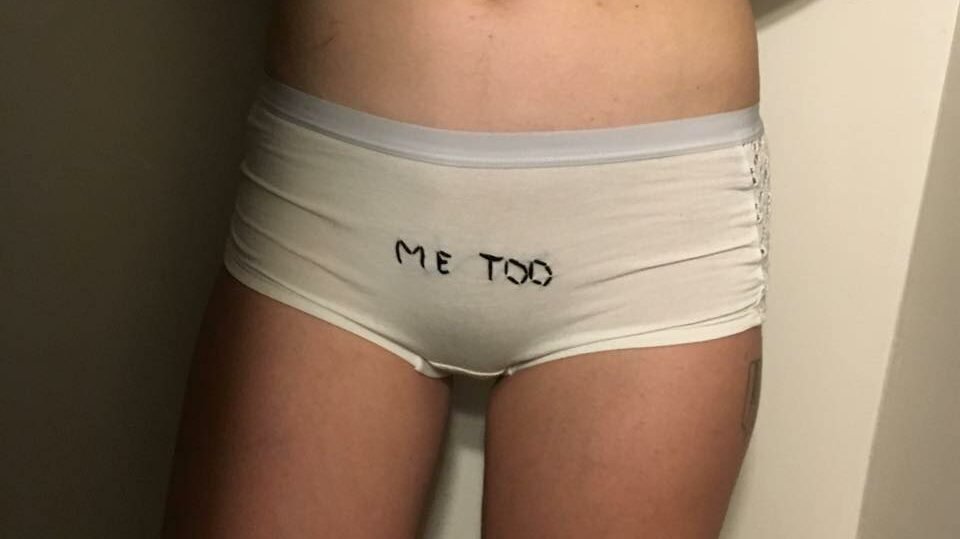The most common mistake I see guys make in the gym is using running shoes in the gym.
If you’re not aware, sports shoes fall broadly into two categories:
- Running shoes: These have soft, cushioned soles, especially around the heel area. They are intentionally made to be squishy so that they can absorb impact while running and keep your feet safe.
- Training shoes: Training shoes have hard, incompressible soles that keeps you grounded during lifts.
Basically, running shoes are made for heel-to-toe movement and are cushioned enough to prevent you from injuries while you run, while training shoes lack this cushioning and are “flatter,” i.e., they are not springy and will not absorb impact. These are made for lifting and gym purposes.
In training shoes, all the force you apply is applied directly on the floor, while in running shoes, the spongy sole ‘resists’ you, and effectively makes it impossible for you to push the ground with a lot of force and remain stable at the same time.
Now, why is using running shoes in the gym a bad idea?
Firstly, your form is going to suck, and your risk for knee and spine injuries will increase dramatically.
This is especially true in exercises that involve lifting heavy weights with barbells – namely squats and deadlifts. (You won’t notice a massive difference in exercises like bicep curls, but it’s definitely there.)
The cushion in running shoes is kind of like a springy sponge. It pushes you upwards, in other words, you do not have a strong ‘base’ to push your body up against as you lift.
It’s kind of like lifting while standing on a bed. It will ‘give in’ and you won’t be as stable.
This is also why you’ll see people who wear running shoes constantly shifting their feet around when they do heavy squats. They have to constantly adjust their feet because they aren’t grounded and their shoes are pushing up on their heels. Their feet are trying to find a stable position that doesn’t exist.
This not only makes their workouts less effective (because they’re forced to lift lighter than their true capacity because the cushioning WILL NOT LET YOU GENERATE ENOUGH FORCE because it won’t let you properly push the ground), it also fucks up their form and leaves them open to a wide array of injuries.
When you squat, the springiness forces your knees inwards because your feet have to be at an odd angle to push the ground, which causes bad hip alignment and you risk both knee and spine injuries.
Also, you’ll find it very difficult to keep the weight on your heels when your shoes are trying to keep weight off them by pushing you up.
When you deadlift, the springiness will push your heels up and mess up your center of gravity, and once again you’ll risk spine injuries. (In fact, it’s best to deadlift barefoot).
When it comes to heavy lifting, transferring force into the ground with a stable balance is the name of the game, and there’s no point compromising your workout by working out in squishy shoes.
In short, good running shoes are literally the opposite of good gym shoes.
If you’re going to be lifting, you’re better off getting a good pair of training shoes.
I personally use the Reebok Nano 8 for about everything, except for squats, for which I use squat shoes.
The other reason you shouldn’t use running shoes in the gym is simply that your running shoes will wear out much quicker. They’ll somewhat flatten, leaving them both too squishy for lifting and not squishy enough for running safely.
Given that good running shoes cost $150-$200, compromising both your workout and ruining your shoes is a bad deal.
Also, training shoes tend to go for much cheaper than running shoes – so it makes sense to grab a pair.
Hope this helps.
Until next time,
Your man,
Harsh Strongman
















































































